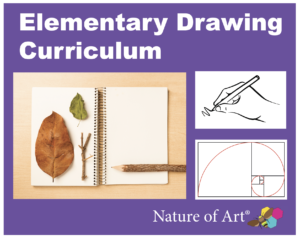
I often hear from teachers and parents they are frustrated because their students find learning realism drawing really hard. But, the good news is there are easy ways to teach drawing to children. So in this blog, I’ll explain where the frustration comes from, and how to start teaching children drawing lessons.
Drawing Skill Sets
Teaching children how to analyze shapes and forms abstractly can be tricky. Because things like forms, shapes, patterns, scale, light, and colors in nature are complex ideas for children to understand. But In fine art schools, these abstract concepts are taught into different areas of drawing study. So too draw well, artists must understand concepts like form, shape, mass and value to draw well.
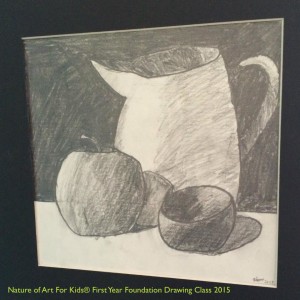
From years of art teaching observations, I’ve noticed that children need three things to be developed to learn to draw well. First, cognitive processing (what we know and remember), second, visual perception (what our brain sees), and finally, fine motor skills must be developed (how we handle and use materials). My art teaching research indicates that a three areas need to be developed to learn drawing skills effectively.
However, without maturity in all three areas, children will struggle to learn how to draw in 3D. Because no matter how many demonstrations or pictures you show them, they wont be able draw in 3D well. But, once all these areas are mature, realistic drawing skill sets can be learned. Then lots of drawing practice can be achieved. Developing these artist’s observational skills takes time, especially for young children. If you want to learn more about my science art method™ order my books and curriculum to go deeper into this art teaching topic.
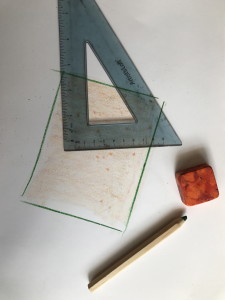
Teachers Struggle with Drawing
Teachers face challenges in teaching drawing because they often use advanced lessons meant for older art students. Such as lessons on the art elements and concepts that are too complex. Furthermore, teachers encounter obstacles because of art standards and common core guidelines they must follow. Teachers have few resources for teaching young artists proper foundational drawing lessons. Because the standards, primarily influenced by adult art practices, are not suitable for elementary children. Around these ages, children are slowly developing the three areas of artistic development I mention above. Consequently most children in this range are not cognitively developed. Upper elementary students are just beginning to mature, making it challenging for teachers to align drawing lessons with their students. Plus, teachers are also not given the proper drawing curriculum to start with.
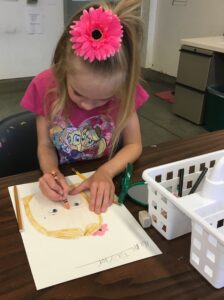
How to Develop Drawing Lessons
Now, for children to understand art abstraction, they need maturity in three key areas first! I’ve successfully taught thousands of children how to draw and paint realistically by customizing lessons to support their cognitive growth. By breaking down abstract ideas into smaller parts and creating foundational drawing lessons. So children can develop fine motor skills and learn elements effectively. Drawing lessons for children should be simple. First, focus on the Elements and Principles of Design in isolation. Give your students time for learning each element individually.
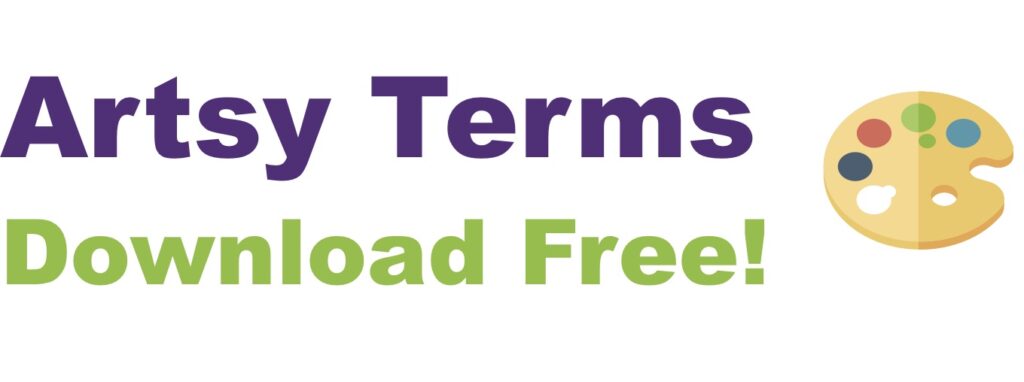
So once children practice drawing and working with each element, they will make connections to create 3D concepts. When I prepare beginner drawing lessons, I isolate one art element and have my students create and practice understanding and making artwork. And finally, I connect art elements into new art lessons. The Elements and Principles of Design are all the parts that make art, such as line, shape, color, etc. If you need to learn these yourself, check out three books where I discuss what they are and the order in how to teach them. “Defining Visual Arts,” “Elementary Art Guide,” or my “Early Childhood Art Guide.” I list all the art elements and my advice on how to teach them in art lessons.
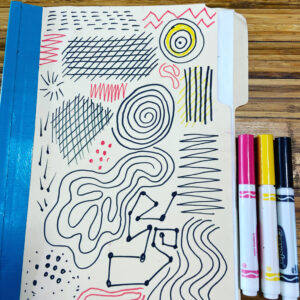
Finally, if you’re interested in learning more about this modern science-based art method®, you can purchase my books, curriculum or get art certified by me. I’ve designed all my drawing curriculum to teach these areas individually. My drawing method aligns well with a child’s development. You can explore further in my art blogs or subscribe to my art newsletter on teaching visual arts to children.
I would love to hear your feedback on this topic!
Spramani Elaun
ORDER DRAWING CURRICULUM HERE
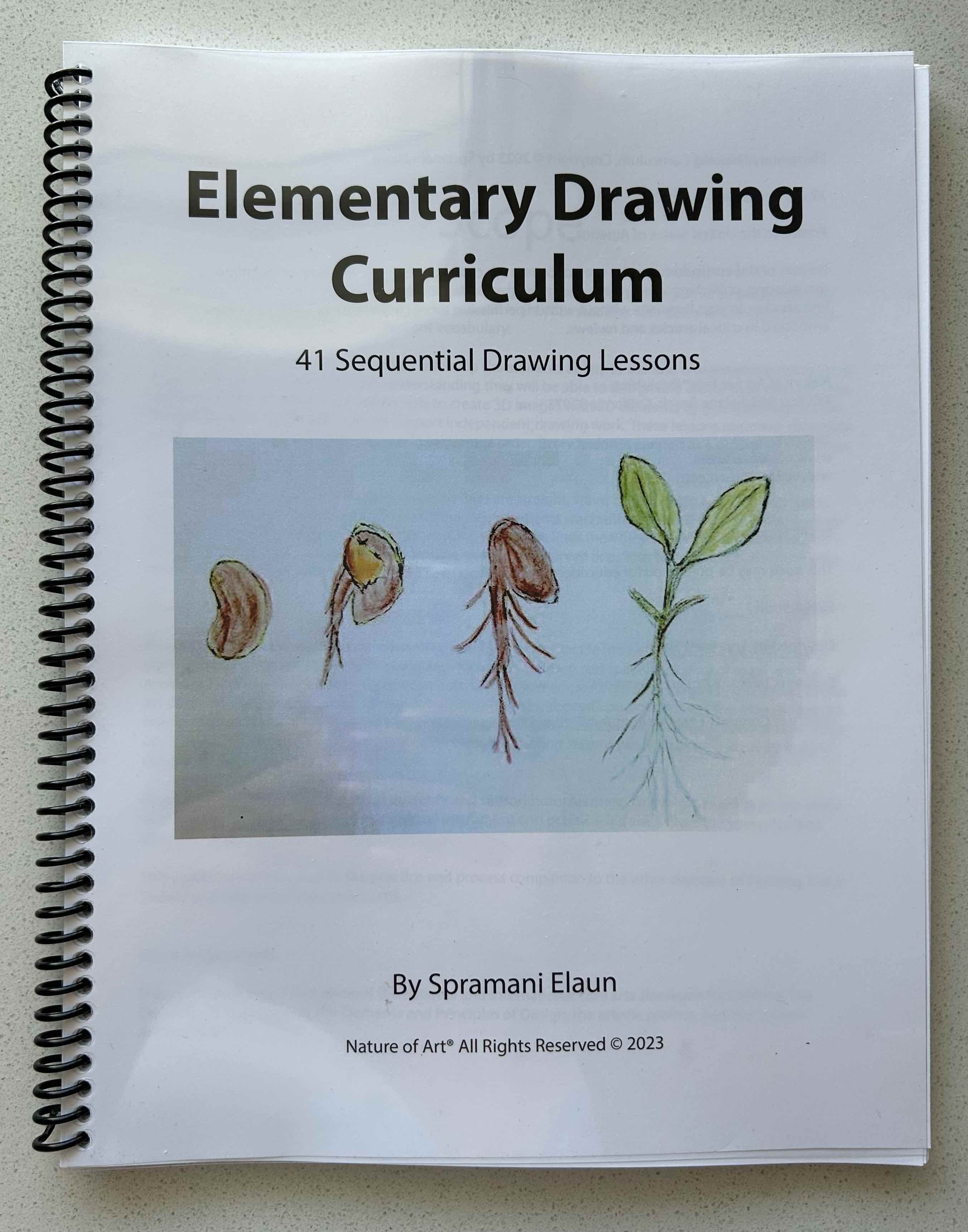

A checklist of lesson ideas children must work on to become better at drawing…its free!
http://www.ecokidsart.com/kids-drawing-lessons-tips-is-copying-pictures-good/
http://www.ecokidsart.com/teach-drawing-painting-without-know-how/
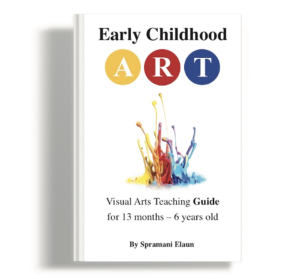
All rights reserved © 2025, Nature of Art®

No part of this blog may be used or be reproduced in any manner whatsoever including reproducing, publishing, performing, and making any adaptions of the work – including translation into another foreign language without written permission except in the case of brief quotations embodied in critical articles and reviews. Nature of Art® Publishing P.O. Box 443 Solana Beach, California 92075.
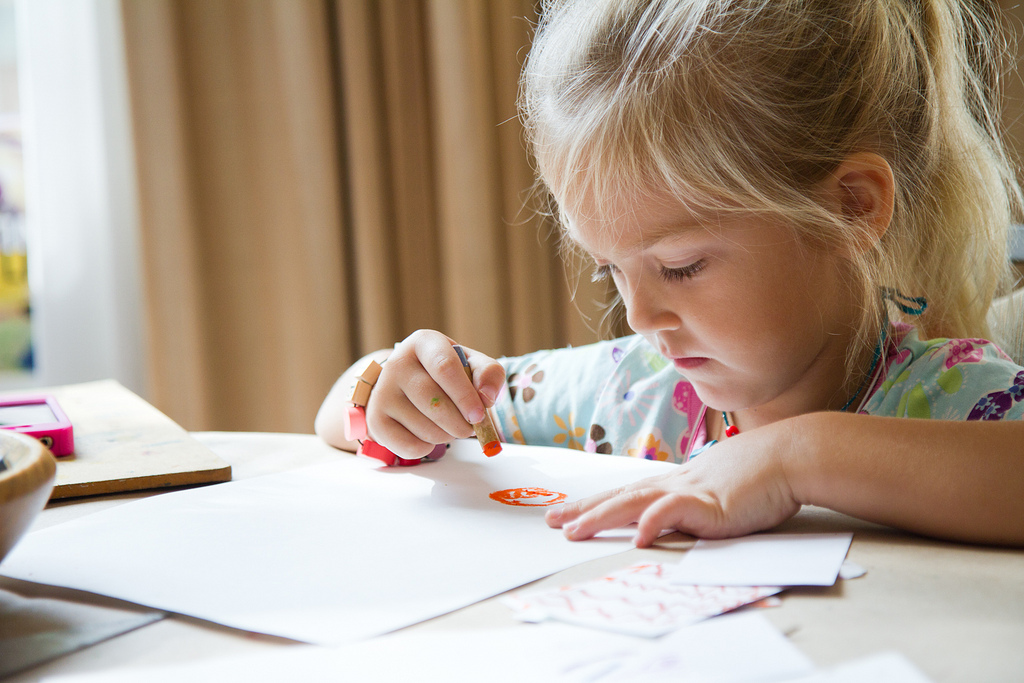


Recent Comments
[…] Why it’s hard to teach children drawing lessons | elementary grades […]
[…] Why it’s hard to teach children drawing lessons | elementary grades […]
Comments are closed.